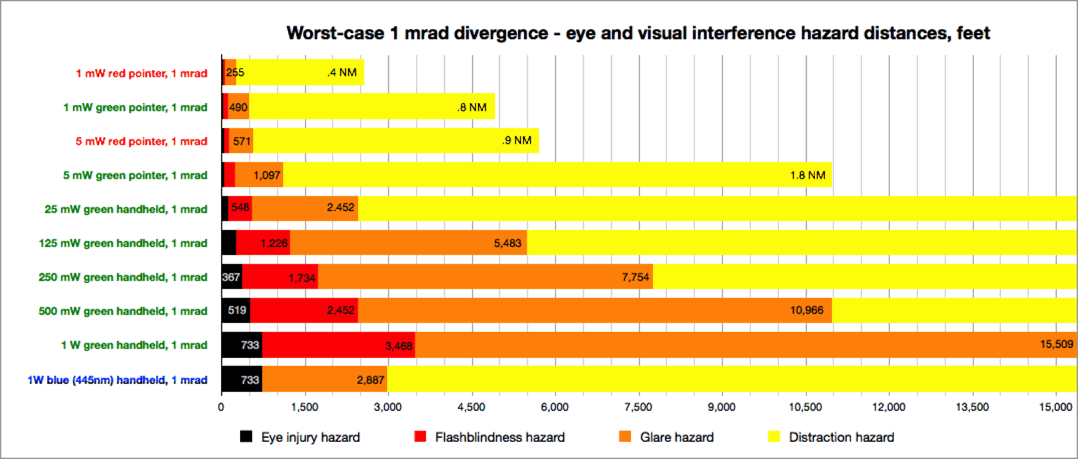Great Ideas On Deciding On A Safe Laser Therapy
Great Ideas On Deciding On A Safe Laser Therapy
Blog Article
What Is The Safe Low-Level Laser Treatment (Lllt) For Ulcerative Wunds?
Secure Laser Low Level Laser Therapy (LLLT), can be used to treat ulcerative wounds in a variety of ways. It stimulates fibroblast, collagen, and angiogenesis processes (formation of blood vessels) which are all essential for wound healing. This can promote faster healing of wounds caused by ulcers.
Reduction of Inflammation LLLT is anti-inflammatory by reducing cytokines that cause inflammation and encouraging mediators to reduce inflammation. In the case of ulcerative wounds in which inflammation may impede healing and increase damage to the tissue, LLLT can help reduce inflammation and create a healthy environment to heal.
Pain relief- LLLT alters the perception of pain by affecting the nerve conduction. It also reduces the release of pain-related mediators like substance P. In ulcerative injuries, which are often associated with pain and discomfort, LLLT may help relieve pain and improve overall patient satisfaction.
Improved Blood Circulation LLLT improves vasodilation and microcirculation, leading to an increase in blood flow to the wound site. Improved circulation brings oxygen and nutrients into the tissues. This promotes healing and aids in the elimination of waste and toxins.
Antimicrobial properties- LLLT is believed to possess antimicrobial properties that can help reduce the risk for the infection of ulcerative wounds. By promoting bacterial clearing and preventing the spread of infection to the wound site LLLT aids in reducing the likelihood of infection and speed up healing of wounds.
Reduced Scar formation Reduced Scar Formation LLLT helps minimize scarring from ulcers by encouraging the regeneration of tissue and its remodeling. Through stimulating collagen fibers and promoting the alignment of collagen bundles, LLLT helps produce stronger, better organized scar tissue.
Safe Laser's low-level laser treatment is non-invasive, painless and helps speed up healing and reduce pain. The therapy also improves the overall outcome of wounds. It's best to consult your doctor for proper treatment and care of wounds that are ulcerative prior to using LLLT. Follow the top safe laser 500 for blog info including lágylézeres készülék, lagy lezer, orr lézer készülék, safe laser készülék, lezer kezeles, orr lézer készülék, lezer kezeles, safe laser készülék, lezeres kezeles, mozgásszervi betegségek kezelése and more.
How Can Safe Low-Level Laser Therapy Help With Ear Problems (Lllt?)
Secure Laser Low-Level Laser Therapy (LLLT) can assist with ear issues in a variety of ways. For conditions such as Otitis externa (inflammation of the ear's outer canal) or otitis media (middle ear infection), LLLT can help reduce inflammation and symptoms such as pain and swelling.
LLLT provides relief from the pain in your ear.
Improved tissue healing LLLT enhances the cellular metabolism which results in faster recovery and repair of tissues. LLLT aids in quicker healing of damaged tissues that are affected by conditions like otitis ruptures of the eardrum or Otitis.
Improved Circulation - LLLT boosts vasodilation and microcirculation which results in an increase in flow of blood through the ear tissue. Improved circulation helps deliver oxygen and nutrients into the injured or inflamed tissue. This helps to speed up healing.
Tinnitus treatment- LLLT treatment has been studied as a possible solution to tinnitus. Tinnitus can be characterized by ringing, buzzing, or humming in the ear. While it is unclear the mechanism by which LLLT performs, it has been shown to increase blood flow, lessen inflammation and alleviate tinnitus.
LLLT is efficient in reducing earwax. By reducing and softening earwax that has accumulated, it can be removed faster and lessen the chance of infection. This is especially beneficial for individuals prone to excessive earwax production or those who suffer from earwax obstructure.
Overall, safe Laser low-level laser therapy is an effective and non-invasive approach to managing various ear problems, providing relief from symptoms like inflammation, pain, as well as earwax buildup. However, it's important to consult an ear, nose, and throat (ENT) specialist to ensure proper diagnosis and treatment recommendations before using LLLT for ear conditions. See the top safe laser 150 for site examples including lágylézer vásárlás, mozgásszervi betegségek kezelése, lágylézer készülék, otthoni lézer kezelés, laser kezelés, lagy lezer, safe laser bérlés, lágylézer készülék, lágy lézer kezelés, lezeres kezeles and more. 
How Long Will It Take To Allow The Device's Laser To Function On Acute Conditions?
Safe Laser can be used to treat ailment that is acute. The amount of sessions required to get results depends on factors like the severity of the condition as well as how the individual reacts to treatment and also the protocol that a doctor recommends. However, in many instances patients may begin experiencing noticeable improvement after just a few sessions of low-level laser therapy (LLLT) for acute conditions.For acute conditions such as recently-injured, acute inflammation, or acute episodes of pain, LLLT can often provide rapid relief. In some cases, people might experience a reduction in inflammation, pain and swelling with just a few sessions of LLLT. For longer-lasting and lasting outcomes, it is suggested that you attend a number of LLLT treatments over a specific period of time.
The frequency and number of LLLT sessions needed for treating acute conditions varies on the type of condition, the severity and the response of the patient to the treatment. The treatment protocol is usually tailored to the individual, and can include scheduling LLLT treatments multiple times a week over a specified time frame.
In order to maximize the benefits of LLLT for acute illnesses, it is important to follow the directions given by an expert medical professional. Continuous treatment can bring about improvements in the long run. It's important to talk with your physician if you have any questions or concerns about the treatment program.